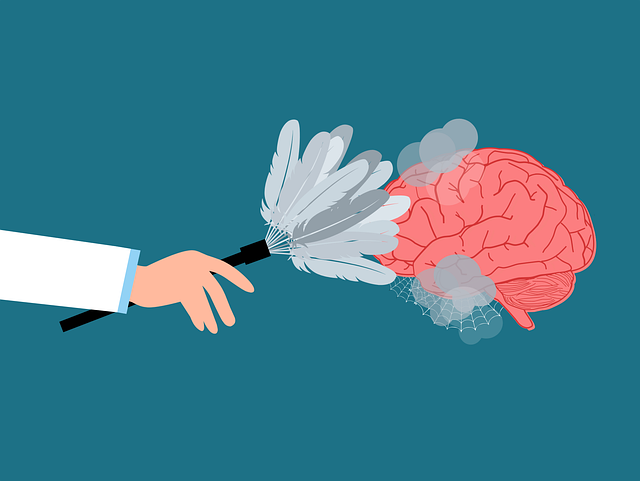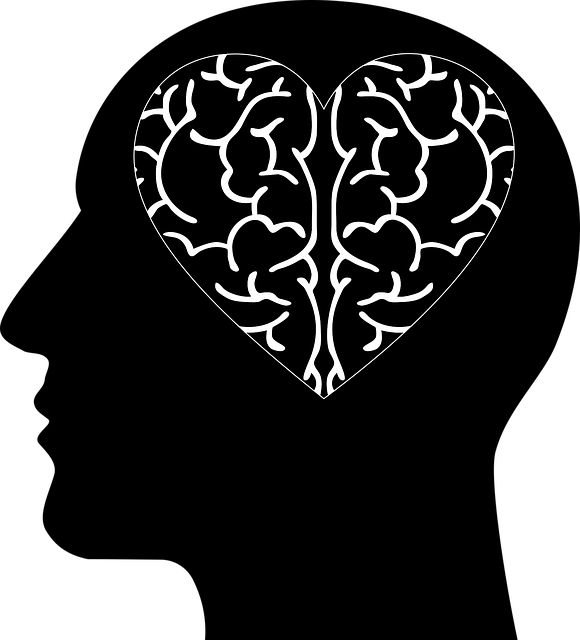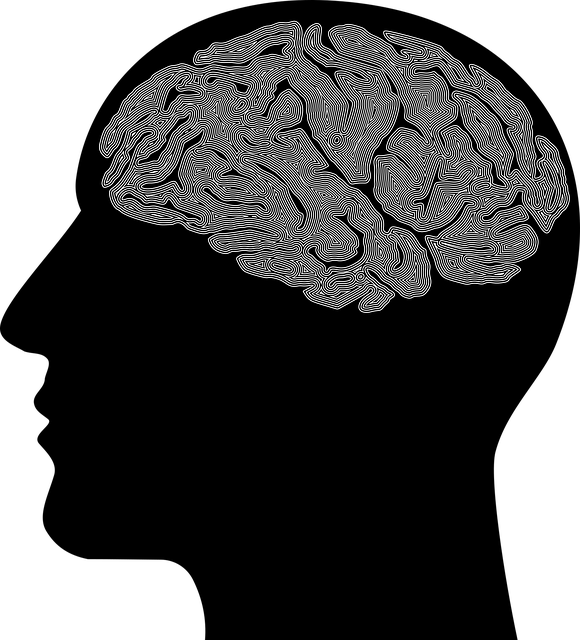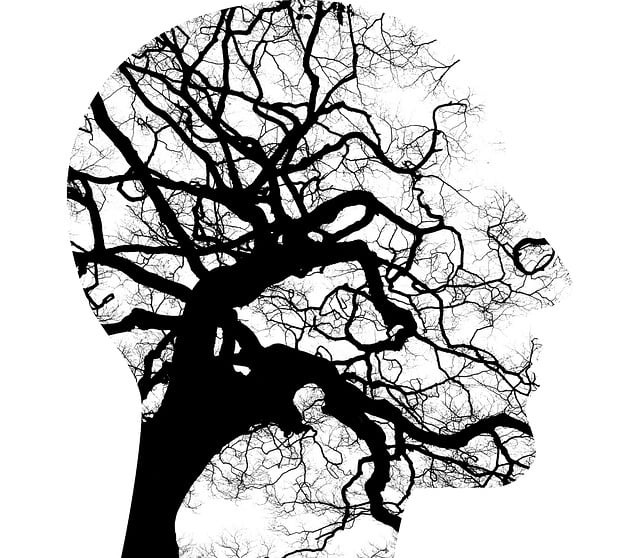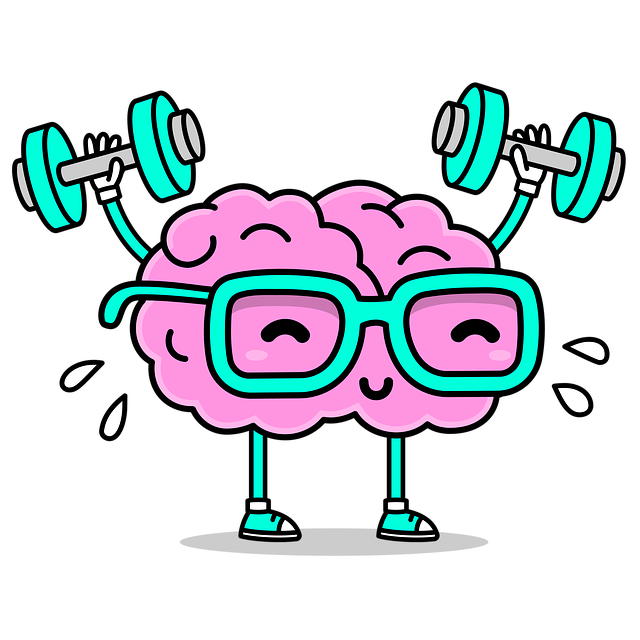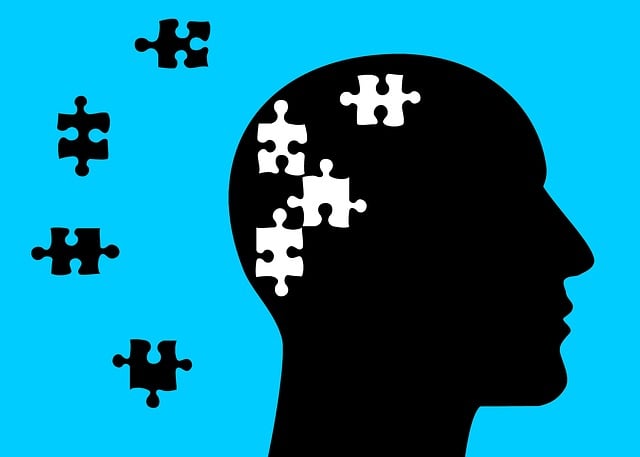Substance abuse among adolescents is a significant concern due to its severe impact on mental health, particularly panic disorder and anxiety attacks. Effective prevention and mitigation strategies include tailored therapy focusing on conflict resolution, emotional regulation, and mental wellness coaching. Cognitive Behavioral Therapy (CBT) and Mindfulness-Based Therapies have proven successful in treating these conditions. A comprehensive approach integrating mental health support, public awareness campaigns, and school programs is vital to reducing substance abuse risk and fostering teen recovery, especially for those with co-occurring panic disorder and anxiety attacks.
Substance abuse among adolescents poses significant risks, impacting their health, well-being, and future prospects. This article offers a comprehensive guide to understanding and addressing these issues. We explore therapeutic approaches tailored for adolescent teens suffering from panic disorder and anxiety attacks, providing effective strategies for risk reduction. From identifying triggers to implementing support systems during recovery, each section delves into essential steps to prevent relapse and foster healthier choices. By adopting these evidence-based methods, parents, caregivers, and professionals can better navigate this challenging landscape.
- Understanding Substance Abuse and Its Risks in Adolescents
- Therapeutic Approaches for Teen Panic Disorder and Anxiety
- Comprehensive Risk Reduction Strategies
- Supporting Teens Through Recovery and Preventing Relapse
Understanding Substance Abuse and Its Risks in Adolescents

Substance abuse among adolescents is a growing concern, as it can have severe and long-lasting effects on their mental health and overall well-being. Adolescence is a critical period marked by significant emotional and cognitive development, making teens more susceptible to the allure of substances. Understanding these risks is essential in developing effective strategies to prevent and mitigate substance abuse within this demographic.
The impact of substance abuse can be profound, often leading to various mental health issues, including panic disorder and anxiety attacks. Therapy for adolescent teens plays a pivotal role in addressing these concerns. Mental wellness coaching programs focused on conflict resolution techniques and emotional regulation can empower young individuals to manage stress, build resilience, and make healthier choices. By providing support and tools tailored to their unique needs, these programs aim to reduce the risk of substance abuse and promote overall mental health development.
Therapeutic Approaches for Teen Panic Disorder and Anxiety

Teen panic disorder and anxiety attacks are common mental health challenges among adolescents, requiring specialized therapeutic approaches. Cognitive Behavioral Therapy (CBT) has proven effective in treating these conditions by helping teens identify and change unhelpful thought patterns and behaviors contributing to their anxiety. This evidence-based therapy equips them with coping strategies to manage panic symptoms and reduce the frequency of attacks.
Additionally, Mindfulness-Based Therapies offer valuable tools for adolescents to stay present and grounded when facing anxiety. Techniques such as deep breathing exercises, meditation, and yoga can significantly lower stress levels. Integrating these practices into daily routines empowers teens to self-regulate and fosters a sense of calm. Mental Health Policy Analysis and Advocacy plays a crucial role in ensuring accessible and culturally competent healthcare services for adolescents seeking therapy for panic disorder and anxiety attacks, addressing the need for tailored interventions and Healthcare Provider Cultural Competency Training.
Comprehensive Risk Reduction Strategies

Comprehensive Risk Reduction Strategies for substance abuse among adolescents involve a multi-faceted approach. Beyond traditional intervention methods, integrating mental health support tailored for teens is essential. Many adolescents struggling with substance abuse also grapple with panic disorder and anxiety attacks, highlighting the need for therapy specifically designed for this age group. Cognitive Behavioral Therapy (CBT) has proven effective in treating both conditions, empowering teens to manage their symptoms and make healthier choices.
Public awareness campaigns play a crucial role in educating peers, families, and communities about the risks of substance abuse. Promoting confidence-boosting techniques and conflict resolution skills through school programs can also empower adolescents to resist peer pressure and make informed decisions. By combining therapy for adolescent teens with panic disorder and anxiety attacks, evidence-based interventions, and public awareness initiatives, a robust risk reduction strategy emerges, fostering healthier environments and supportive networks that deter substance abuse.
Supporting Teens Through Recovery and Preventing Relapse

Supporting teens through recovery from substance abuse requires a multifaceted approach, especially when co-occurring disorders like panic disorder and anxiety attacks are involved. Therapy tailored for adolescent teens, including cognitive behavioral therapy (CBT) and mindfulness practices, can significantly aid in managing these conditions. CBT equips young individuals with coping strategies to deal with stress reduction methods and emotional healing processes, minimizing the risk of relapse.
Preventing relapse involves not just treating symptoms but also addressing the underlying causes. Mental health policy analysis and advocacy play a crucial role in ensuring access to quality care, including therapy for panic disorder and anxiety attacks, for at-risk teens. By integrating these services into school and community settings, we can foster a supportive environment that promotes mental well-being, thereby reducing the chances of substance abuse and its recurrence.
Substance abuse among adolescents is a complex issue, but with comprehensive risk reduction strategies, we can significantly support vulnerable teens. By combining therapeutic approaches like those tailored for adolescent panic disorder and anxiety attacks, along with robust risk management techniques, we can create safer environments and foster healthier development. Encouraging open dialogue about mental health and substance misuse, while providing access to effective recovery resources, is key to preventing relapse and promoting lasting well-being for our youth.



